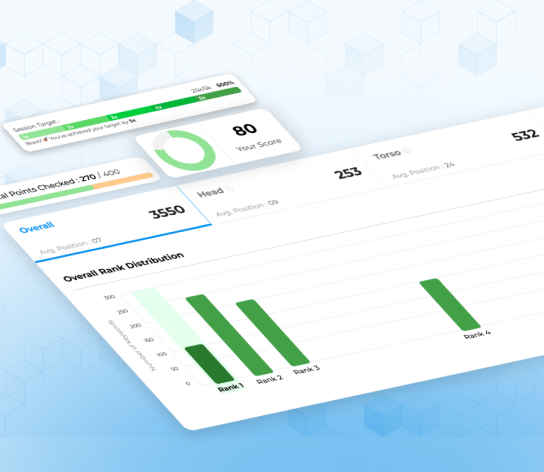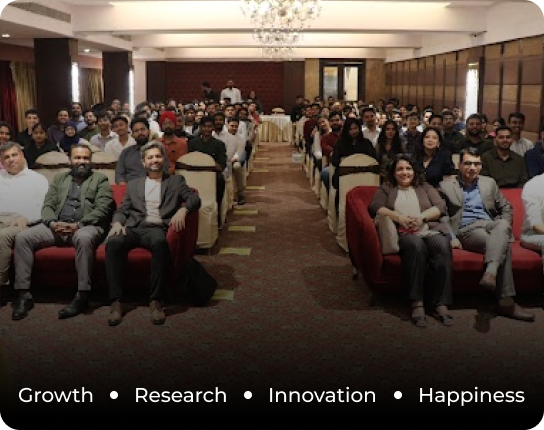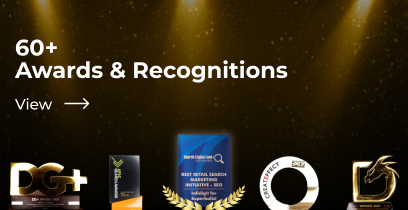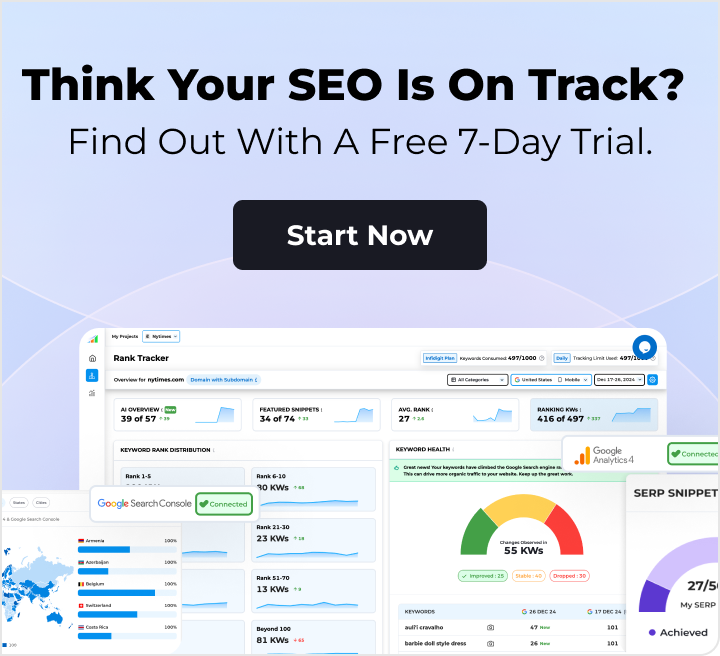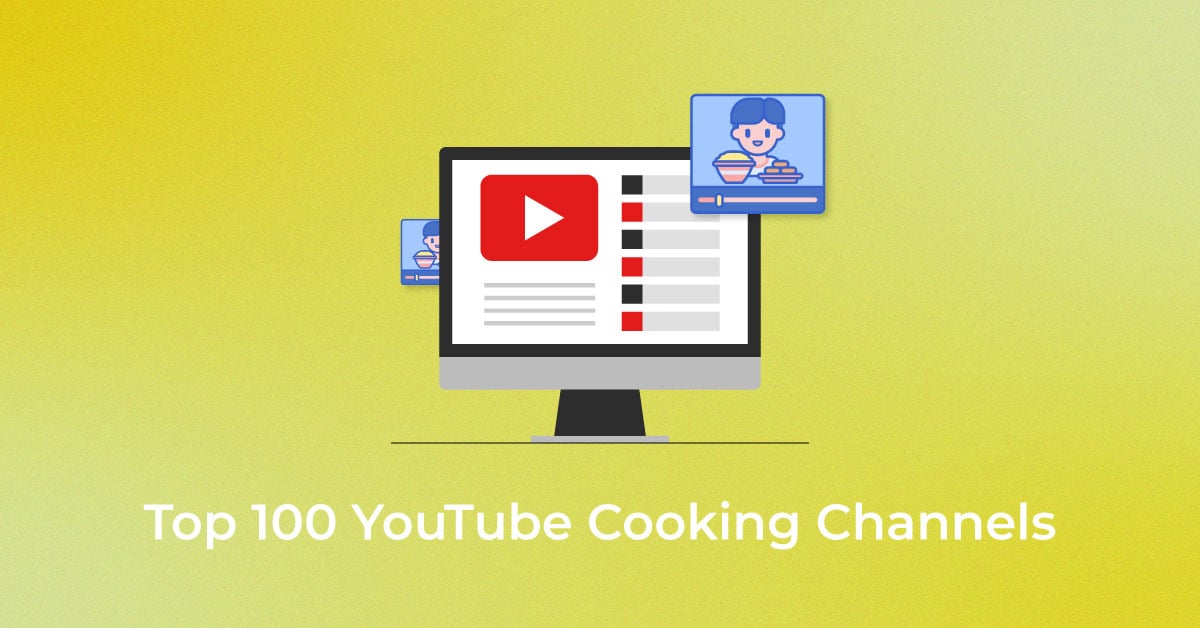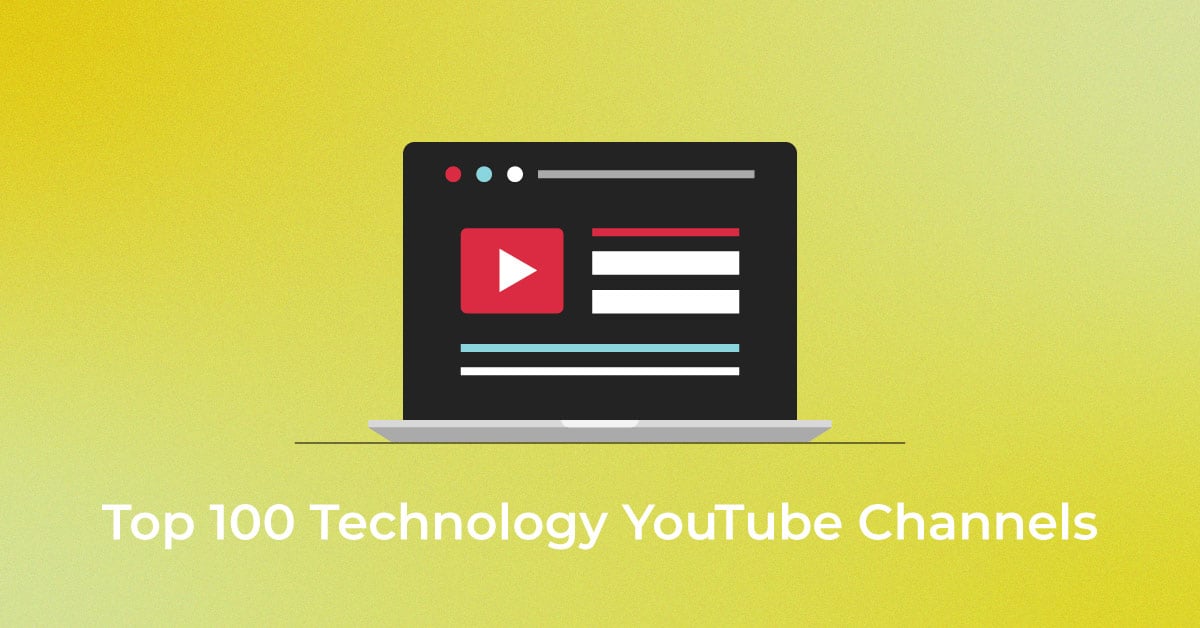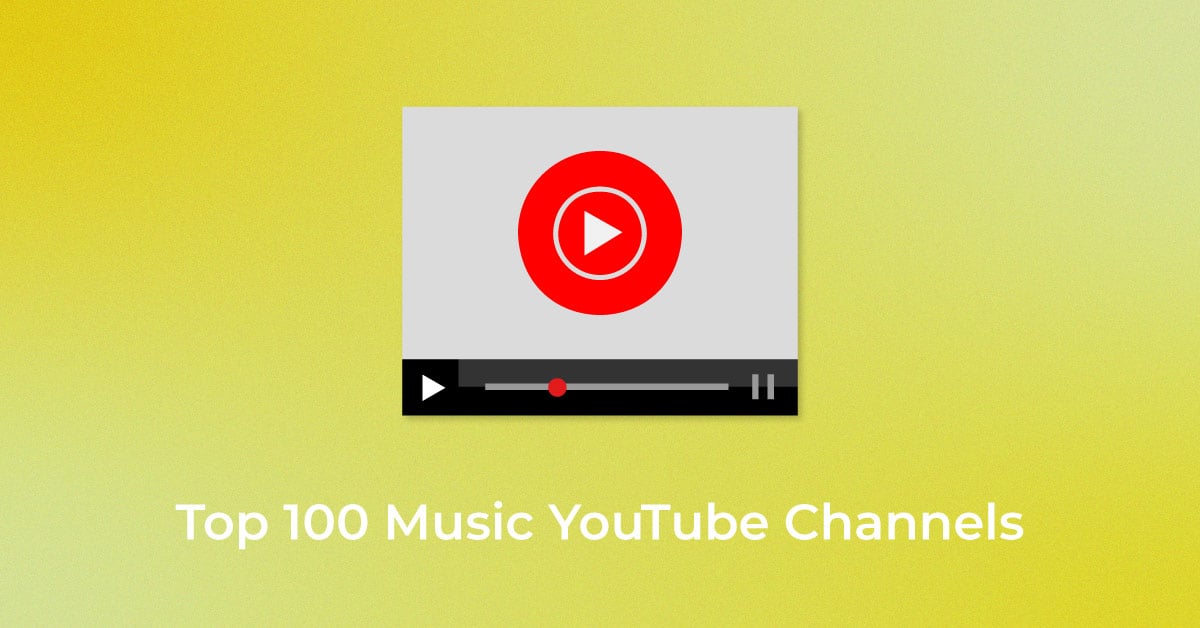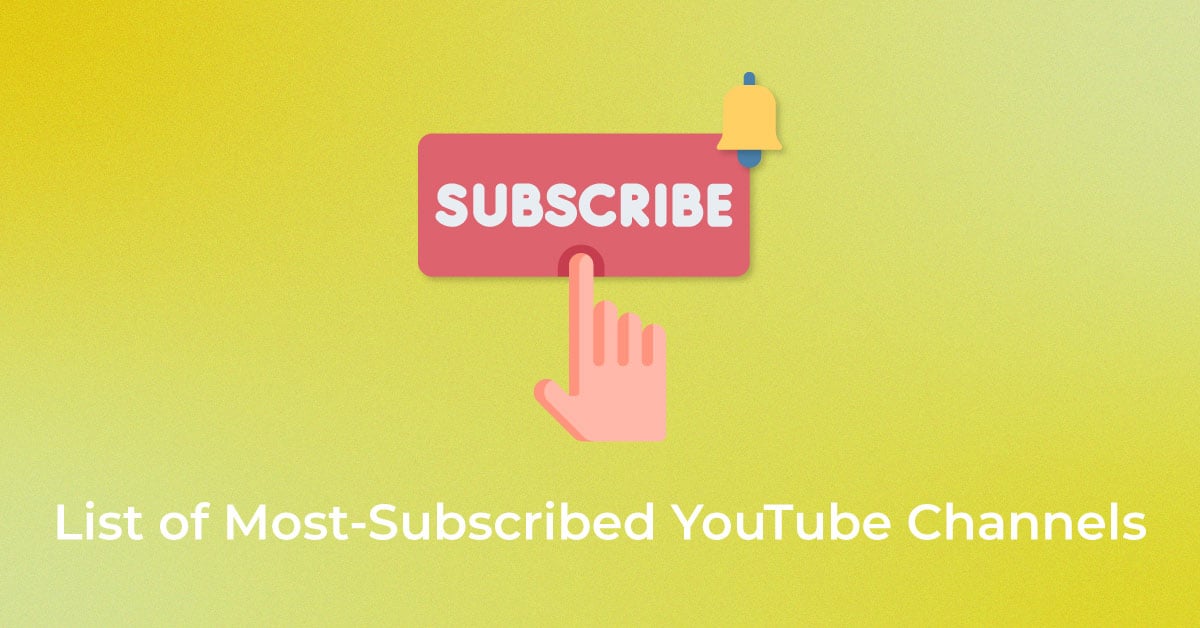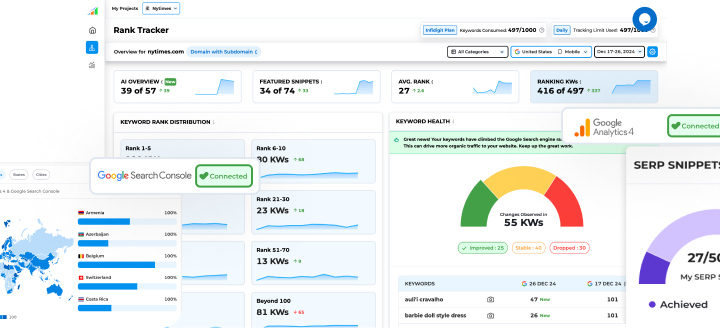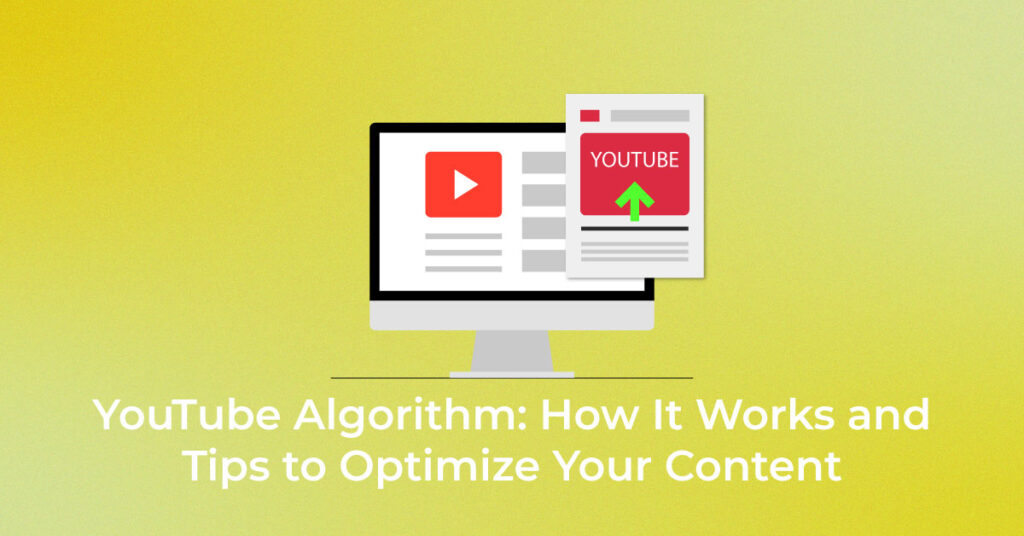Understanding the YouTube algorithm is essential for creators and marketers aiming to maximize their content’s reach and engagement. This ever-evolving system determines what videos get recommended to viewers, making it a crucial factor in your channel’s success. By leveraging expert YouTube SEO services, you can tailor your content to align with the algorithm’s preferences, boosting visibility and organic traffic. Pairing this with professional SEO services ensures your videos and overall online presence are optimized to rank higher, attract a larger audience, and achieve sustained growth on the platform. With strategic optimization, you can navigate algorithm changes effectively, ensuring your content remains competitive and relevant.
Unveiling the YouTube Algorithm
What is the YouTube Algorithm?
The YouTube Algorithm is the behind-the-scenes maestro of the world’s largest video platform, orchestrating what videos viewers watch. As an AI-powered recommendation system, it analyzes vast amounts of data to serve the most relevant and satisfying content to each user. Think of it as a personal video curator, constantly learning from interactions to refine and personalize the viewing experience.
Decoding YouTube’s Content Delivery System
Decoding YouTube’s content delivery system is akin to exploring a digital ecosystem where every interaction feeds into a complex network of decisions. The system evaluates videos not only on their own merits but also on how they’re received by the audience. When you click, watch, like, or subscribe, YouTube interprets these signals to understand your preferences. Then, leveraging machine learning, it adjusts its recommendations accordingly, aiming to keep viewers engaged for longer sessions. This process is dynamic, with the algorithm actively learning and evolving to match content to viewer behavior.
Key Factors Influencing the YouTube Algorithm
1. Watch Time
Watch Time remains a heavyweight factor in YouTube’s algorithm, measuring the total duration viewers spend with a video. This metric signifies the level of engagement and interest a piece of content commands, which in turn informs the algorithm of its quality and relevance. High Watch Time indicates that viewers are captivated by the content, suggesting to YouTube that it may be worth promoting. To boost Watch Time, creators focus on retaining viewers’ attention for as long as possible, which can lead to higher visibility on the platform.
2. Engagement Metrics
Engagement Metrics act as a gauge of viewer interest and interaction. The algorithm takes into account likes, comments, and shares to assess how your content resonates with viewers. High engagement rates suggest that viewers find the content valuable enough to interact with, prompting the algorithm to consider it for further promotion. Encouraging viewers to engage, whether through calls to action at the end of videos or by sparking discussions in the comments, can thus give your content a significant boost in visibility.
3. Video Relevance
Video Relevance is the degree to which content aligns with viewers’ search queries, previously watched videos, and individual interests. Keywords, title, description, and content of the video are all scrutinized by YouTube’s algorithm to ensure viewers are presented with videos that closely match their preferences. The more relevant your video is to a user or a trending topic, the higher the likelihood it will be recommended. Creators should, therefore, prioritize content that not only interests their target audience but also intersects with what’s currently relevant on the platform.
4. User Behavior
User Behavior plays a critical role in the YouTube algorithm’s decision-making process. The actions and patterns of the viewer—from the videos they watch and rewatch to their subscription habits—provide YouTube with personalized data. The algorithm uses this data to tailor the video recommendations for each user, hence why two viewers may see vastly different content on their homepages. Recognizing and adapting to these behaviors can give content creators an edge in attracting and retaining viewers aligned with their niche.
How the Youtube Algorithm Works
Understanding how the YouTube algorithm operates can illuminate the pathway to enhancing your visibility on the platform. At its core, YouTube’s algorithm exists to connect viewers with content they’re likely to enjoy and keep them watching. It analyzes signals from a video’s immediate performance, such as view velocity, to its long-term engagement metrics. After evaluating these factors, the system ranks and suggests content in various sections—search results, recommended videos, home feed, and more—making an educated guess on what a viewer might next click on. This prediction-driven approach ensures that each user’s experience is unique and tailored, nurturing an environment where both viewers and creators benefit.
Tips for Optimizing Content for the YouTube Algorithm
Tip 1: Consistency and Content Quality
Staying consistent with your uploads and maintaining content quality are key to getting a thumbs-up from the YouTube algorithm. By sticking to a regular posting schedule that aligns with audience anticipation, channels keep their subscriber base engaged and active. This habit of consistency paired with providing valuable content keeps your channel favorable in the algorithm’s eyes, leading to increased chances of your videos being recommended.
Consistency includes maintaining your brand’s voice, style, visuals, and overall messaging. Channels like First We Feast, for example, show a clear focus on their niche—food combined with celebrity features—resulting in a loyal audience and algorithmic preference, which can directly impact YouTube CTR.
Top 5 Features:
- Regular upload schedule.
- High-quality, engaging content.
- Strong, consistent branding.
- Content tailored to audience interests.
- Interactive elements that encourage viewer participation.
Five Benefits:
- Greater visibility in user recommendations.
- Enhances audience retention and loyalty.
- Builds a recognizable brand presence.
- Encourages habitual content consumption.
- Increases the likelihood of appearing on trending pages.
Best For: Content creators who can dedicate time to a regular production schedule while not compromising on the value or quality of their output, aiming to grow their audience and channel visibility in the long term.
Tip 2: Thumbnail Mastery and Viewer Hook Techniques
Mastering the art of thumbnail creation and hooking viewers early in your video can dramatically increase your click-through rate. YouTube’s trending videos tab and Netflix’s artwork performance studies show compelling thumbnails often feature close-up shots of emotive faces or gripping action moments, using strong visuals to attract clicks. Thumbnails with one to three faces showing clear, emotive expressions tend to perform better than those with more subjects or neutral looks.
For effective viewer hook techniques, it’s essential to front-load your video with intriguing content. Grab attention in the first few seconds with surprising facts, an engaging question, or a bold statement to ensure viewers stick around.
Top 5 Features:
- Use of expressive, close-up facial images.
- Clarity of the thumbnail imagery.
- Emotive or action-driven visuals to attract attention.
- Rule of thirds composition in thumbnail design for visual balance.
- Text overlays that complement the visual and clearly indicate video content.
Benefits:
- Higher click-through rates as compelling thumbnails stand out.
- Increased viewer retention with strong hooks in the video’s opening.
- Enhanced emotional connection to the viewer through emotive imagery.
- Better representation of content for audience expectation management.
- Improved video ranking as engagement starts with the first impression.
Best For: Creators looking to catch a viewer’s eye amidst a crowded field and who recognize the power of an impactful visual and narrative hook to increase viewership and engagement.
Tip 3: Optimize Metadata
Optimizing metadata involves meticulous attention to the tags, titles, descriptions, and keywords associated with your videos. These elements are pivotal as they help the YouTube algorithm understand and categorize your content. By conducting keyword research, you can discover what your audience is searching for and include these terms in your metadata. Creating descriptive, keyword-rich titles and descriptions enhances your video’s discoverability, allowing the algorithm to match your content with relevant user searches and interests.
Top 5 Features:
- Strategic use of keywords in video titles, descriptions, and tags.
- Clear and concise video descriptions with necessary links and CTA.
- Placement of primary keywords in the first few lines of the description.
- Tagging related channels and videos to build a network of relevant content.
- Utilizing hashtags to improve searchability within YouTube’s ecosystem.
Benefits:
- Increased visibility in search results and related video suggestions.
- Higher ranking for specific search terms, boosting organic reach.
- Enhanced clarity for viewers about what to expect from your video.
- Better targeting for a more defined and interested audience.
- Possibility of appearing in Google’s search results as well, multiplying reach.
Best For: All YouTube creators serious about growing their channel. Those who invest time in understanding SEO and its nuances will likely see their content gain traction more quickly.
Tip 4: Encourage Engagement
Encouraging engagement goes beyond mere content consumption; it’s about fostering a community that interacts with your videos. Calls to action are potent tools: ask viewers to like, comment, and share if they enjoyed the content or have something to say. Engagement like this is a positive signal to YouTube’s algorithm, indicating that viewers find your content valuable. Additionally, responding to comments and creating discussion invites a back-and-forth that can increase your video’s visibility and create a loyal viewership.
Top 5 Features:
- Propelling views to take action with direct calls to action.
- Creating content that prompts discussions in the comments section.
- Hosting contests, Q&A sessions, and interactive live streams.
- Engaging with comments to foster a sense of community.
- Encouraging viewers to subscribe and enable notifications for new uploads.
Benefits:
- Boosts algorithmic recommendation potential with higher engagement rates.
- Increases watch time as viewers stay to read and participate in comments.
- Strengthens viewer loyalty and cultivates a dedicated community.
- Provides invaluable feedback directly from the audience.
- Spurs organic sharing on social media platforms, expanding reach and influence.
Best For: Content creators looking to build a robust online community and wanting their content to have a wider reach facilitated by viewer-driven promotion.
Innovation with YouTube Shorts and Live Videos
Understanding the Shorts Algorithm’s Impact
The Shorts Algorithm’s impact on YouTube cannot be underestimated, as it tailors content delivery in rapid-fire succession to match the increased appetite for bite-sized, engaging videos. Unlike the traditional algorithm that leans heavily on Watch Time, Shorts emphasizes immediate engagement, with swiping behavior playing a significant role in what content gets pushed to viewers. Since users consume Shorts quickly, indicating their preference immediately, the algorithm must adapt at a similar pace to keep up with user interest. With its different metrics for success, the Shorts Algorithm has carved out a new realm of content discovery.
Top 5 Features:
- Content is concise and designed for swift consumption.
- The swiping interface increases the rapid discovery of new videos.
- Favors engagement signals like likes, comments, and shares on short-form content.
- Algorithm adapts quickly to user feedback to optimize the viewing experience.
- Potentially offers greater visibility for creators who can captivate audiences quickly.
Benefits:
- Accelerated exposure for viral content potential.
- Access to a broader audience with less investment in video duration.
- Increased engagement due to the format’s interactive nature.
- Opportunity for creators to experiment with content without committing to long-form video production.
- Seamlessly integrates into the mobile user’s on-the-go lifestyle.
Best For: Creators who excel in quick storytelling and can produce engaging, high-quality content that fits into the fast-paced consumption style of YouTube Shorts.
Capturing Audiences with Real-Time Content
Capturing audiences with real-time content, like live streams, fosters a powerful connection as viewers experience moments alongside the creator. Live content invites an unfiltered, interactive atmosphere where viewers can influence the direction of the content through comments and live chats. This immediate interaction is both enthralling for viewers and advantageous for creators, as the algorithm recognizes the high engagement levels of live content and can promote it more prominently during and after the event.
Top 5 Features:
- Real-time interaction with audience through live chat.
- Opportunities for viewers to impact content directly.
- Increased session times as viewers stay to participate.
- Notification prompts to subscribers when going live.
- Archived live streams that provide residual engagement post-broadcast.
Benefits:
- Enhanced sense of community through shared live experiences.
- Strengthened creator-audience relationship via direct engagement.
- Amplified content visibility thanks to the algorithm’s favoring of live interaction.
- Scope for diversified content approach with immediate feedback.
- The potential for viral moments as live content can be unpredictable and authentic.
Best For: Engaging creators looking to deepen their relationship with their audience through interactive content and those willing to tackle the challenges of live broadcasts.
Navigating Through Analytical Insights for Growth
Synthesizing Performance Data for Strategy Refinement
Synthesizing performance data is the process of combining analytics to shape and refine your YouTube strategy. By examining metrics such as Watch Time, audience retention, and engagement rates, creators can identify what content resonates best with their audience. This complex data becomes actionable intelligence—guiding decisions on content focus, upload schedules, and engagement tactics. Regular review of such insights ensures that the strategy evolves in tandem with audience preferences and algorithmic changes, thus optimizing the channel’s performance.
Top 5 Features:
- Comparative analysis of videos to understand high and low performers.
- Examination of audience demographics to tailor content effectively.
- Assessment of peak times for posting through engagement trends.
- Insights into the most effective calls to action based on viewer response.
- Tracking progression of subscriber growth to gauge long-term strategy success.
Benefits:
- Delivers a comprehensive understanding of content performance.
- Empowers creators with information to drive content optimization.
- Enables targeted content strategies based on audience behavior.
- Facilitates a data-driven approach to increasing viewer engagement.
- Helps anticipate future content trends and algorithm shifts.
Best For: YouTubers who take a strategic approach to content creation, looking to align their videos closely with audience preferences and maximize growth potential.
A/B Testing and Utilizing YouTube’s Analytics Tools
A/B testing, paired with YouTube’s Analytics tools, offers a proven method to fine-tune your video content strategy systematically. This approach involves experimenting with different video elements—such as titles, thumbnails, and descriptions—to determine what yields the best performance metrics. YouTube’s rich analytics provide detailed insights into how these changes affect viewer behavior. By leveraging this data, you can make informed decisions to optimize your content continually and keep pace with the algorithm’s preferences.
Top 5 Features:
- Ability to compare different versions of thumbnails or video elements.
- Detailed breakdown of performance metrics for each variant.
- Insight into the preferences and behaviors of your audience segments.
- Real-time feedback to make nimble adjustments to your strategy.
- Evaluation of variables that contribute most significantly to engagement and retention.
Five Benefits:
- Empirical evidence to guide content-related decisions.
- Increased potential for viewer engagement through optimization.
- Enhanced understanding of elements that drive clicks and Watch Time.
- Improved content relevance leading to better alignment with algorithm criteria.
- Capability for iterative improvement, bolstering long-term channel growth.
Best For: Creators eager to embrace a data-driven approach to augment viewer response and engagement, and who are willing to experiment with their content to uncover what truly resonates with their audience.
Common Myths About the YouTube Algorithm
Common myths about the YouTube algorithm circulate widely, often leading to misconceptions that can throw your content strategy off course. One such myth is that the algorithm favors specific channels or types of content inherently, but in reality, performance metrics are key. Another widespread belief suggests that paying for ads will boost organic reach; however, ad buys and organic recommendations are distinct systems. It’s critical to focus on proven best practices—like optimizing metadata, encouraging engagement, and strategically acquiring YouTube backlinks—rather than chasing shortcuts that promise to ‘game’ the system without substantive backing.
Breif History of Past Youtube Algorithm Update
A brief history of past YouTube algorithm updates reveals a narrative of evolution and adaptation. YouTube’s algorithm has undergone several iterations since its inception in 2005, each aimed at improving user engagement and content quality:
- 2005 to 2011: Initially, the algorithm favored videos with the highest click-through rates, inadvertently encouraging clickbait.
- 2012: YouTube introduced a shift prioritizing watch time and video completion rates over mere clicks, nudging creators towards producing more gripping content.
- 2015: A published paper signified another update, indicating personalized recommendations based on direct feedback and viewing habits.
- 2016 and beyond: Further refinements focused on moderating content and fostering a safe, community-driven platform.
These updates illustrate YouTube’s commitment to enhancing the user experience, showing the platform’s progression towards prioritizing viewer satisfaction and content value.
FAQ: Your Questions About the YouTube Algorithm Answered
How often does the YouTube algorithm change?
The YouTube algorithm is subject to frequent changes as engineers continually test and update its systems to improve user experience and content relevancy. The exact frequency isn’t public, but alterations can happen multiple times a year, with both minor tweaks and major overhauls to ensure the platform remains dynamic and engaging.
What is the most important factor for getting recommended?
The most important factor for getting recommended on YouTube is viewer engagement, particularly how viewers interact with your video after it’s published. Metrics such as watch time, likes, comments, and the rate at which viewers subscribe after watching a video are critical. These signals help the algorithm determine your video’s value and relevance, potentially increasing its recommendation.
Does the length of my video affect its ranking?
The length of your video does not directly affect its ranking; however, longer videos have the potential to accumulate more watch time, which can positively influence rankings. It’s about balance; longer videos need to maintain viewer engagement to be effective. Quality and viewer retention are key, regardless of video length.
Are thumbnails really that important for the algorithm?
Thumbnails play a crucial role not in the algorithm directly but in influencing viewer behavior, which in turn affects the algorithm. A compelling thumbnail can significantly increase your video’s click-through rate, leading more viewers to watch your content, and these engagement signals can positively impact how the algorithm prioritizes and recommends your videos.
Is it better to upload videos frequently or focus on quality?
While frequent uploads can keep your channel active and provide more content for your audience, focusing on quality should never be compromised. High-quality content leads to better viewer engagement, which is more valuable to the YouTube algorithm. A balanced approach that upholds quality while maintaining a consistent upload schedule is the best strategy.
Popular Searches
How useful was this post?
0 / 5. 0


